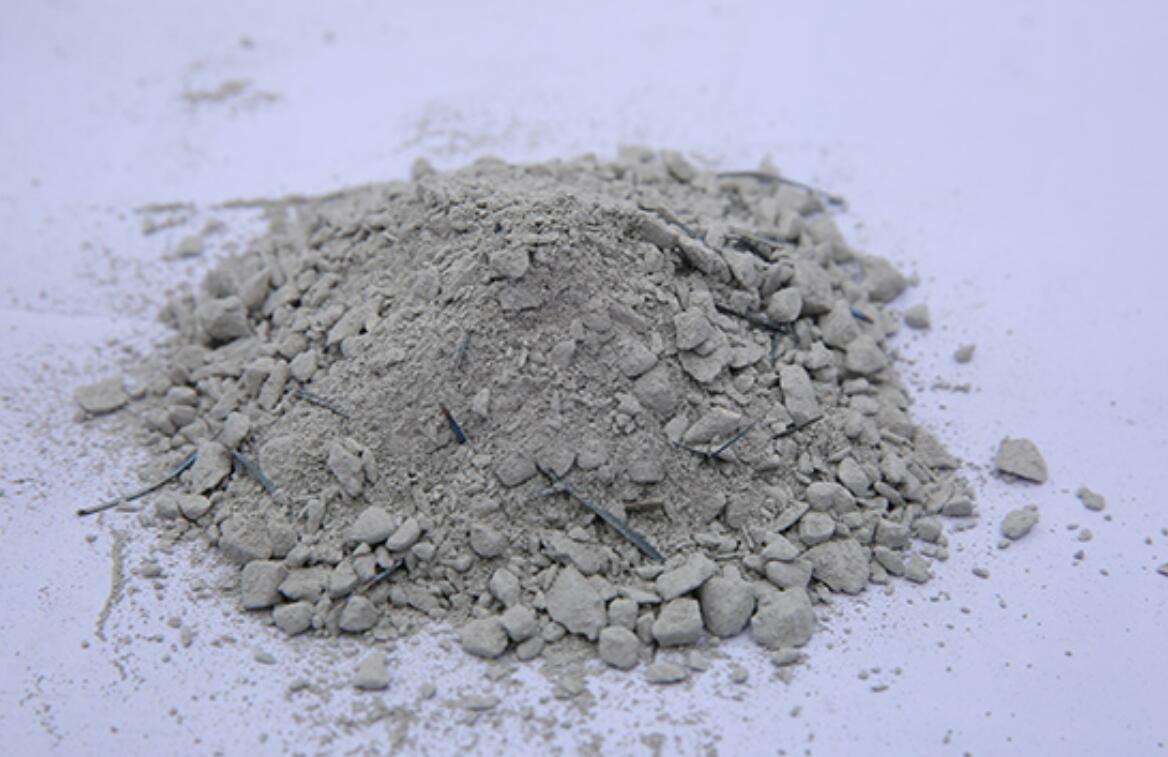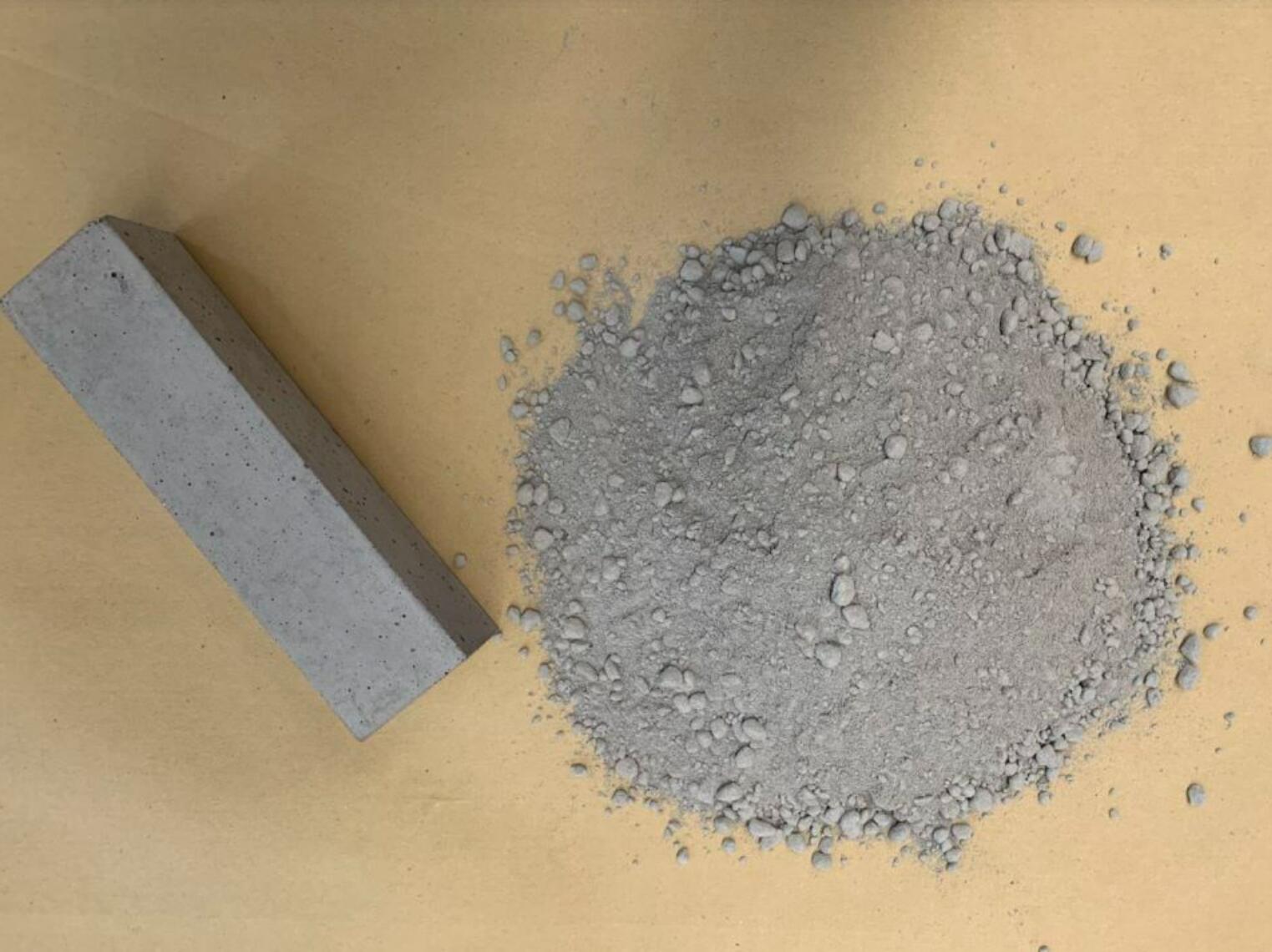All You Need to Know about Low Cement Castable: Usage and Key Points
Low cement castable is a kind of advanced refractory material that has been developed to meet the high requirements of various industrial furnaces and high-temperature environments. It is characterized by its relatively low content of cementitious materials compared to traditional castables, which brings many excellent properties. For example, it has higher strength at both room temperature and high temperatures, better thermal shock resistance, and lower porosity, enabling it to withstand the harsh conditions in furnaces for a long time.
Item | LALC75 | LALC80 | LALC85 | LALC95 |
Service Temp ℃ | 1650 | 1700 | 1750 | 1780 |
Bulk Density (g/cm3) (Dried at 110℃) | 2.55 | 2.6 | 2.7 | 3.0 |
CCS 110℃ (Mpa) 1100℃ 1500 ℃ | 65 75 80 | 70 80 85 | 80 90 100 | 90 95 110 |
MOR 110℃ (Mpa) 1100℃ 1500℃ | 9 10 11 | 10 11 12 | 11 12 13 | 13 14 15 |
Max Grain Size (mm) | 6 | 6 | 6 | 6 |
Chemical Analysis(%) Al2O3 CaO Fe2O3 |
75 2-3 2.4 |
80 2-3 2.0 |
85 2-3 1.8 |
95 2-3 1.5 |
Application Guidelines Mixer Placement Water/Mixer Temp℃ Mixing Time(Min):Dry/Wet |
P V/T 20±5 2/5 |
P V/T 20±5 2/5 |
P V/T 20±5 2/5 |
P V/T 20±5 2/5 |
Water % (Typical) | 7-9 | 7-9 | 6-8 | 6-7 |
Storage and Inspection
When receiving the low cement castable, it is essential to check whether the packaging is intact. Store it in a dry and ventilated place to avoid moisture absorption, as moisture can affect its performance. Make sure to check the production date and quality certificate to ensure its quality meets the standards.
Mixing Equipment Preparation
Use professional mixing equipment that can ensure thorough and uniform mixing. Clean the equipment thoroughly before use to remove any residues from previous mixes, which might interfere with the quality of the low cement castable.
Mixing Process of Low Cement Castable
Measuring Raw Materials
Accurately measure the amount of low-cement refractory castable powder, aggregates, and additives according to the specified proportion. Any deviation in the proportion may lead to changes in its performance. For instance, if the amount of cementitious materials is not accurately controlled, it may affect its setting time and final strength.
Adding Water
When mixing, it is crucial to slowly incorporate the proper quantity of clean water.
Too much water will cause the low-cement monolithic castable to have excessive fluidity, resulting in segregation and reduced strength after hardening. On the other hand, insufficient water will make it difficult to mix evenly and affect its workability.
Mixing Time and Speed
Maintain a proper mixing speed and time. Usually, continuous mixing for a certain period (usually several minutes) at a moderate speed is required to ensure that all the components are evenly distributed and form a homogeneous mixture. This homogeneous low cement castable mixture is crucial for its subsequent pouring and forming.

Pouring and Installation of low-cement refractory concrete
Mold Preparation
Prepare the molds according to the design requirements. The molds should have smooth inner surfaces and sufficient strength to withstand the pressure of the poured low cement castable. Apply a proper release agent on the inner surface of the mold to facilitate demolding after the castable has hardened.
Pouring Operation
Slowly pour the well-mixed low cement castable into the mold. Try to avoid splashing and air entrapment during the pouring process. If air is trapped in the castable, it may cause pores and cracks in the final product, reducing its density and strength. Use appropriate vibration tools to vibrate the poured low cement castable gently to help it fill the mold completely and expel the entrapped air.
Curing Process
After pouring, cover the surface of the low cement castable with plastic film or other suitable materials to prevent moisture evaporation too quickly. Keep it in a suitable temperature and humidity environment for curing. The curing time usually lasts for several days depending on the specific formulation of the low cement castable. During the curing process, avoid any external impact or disturbance to ensure its proper hardening and strength development.

Drying Stage
Before firing, the cured low-cement refractory aggregate needs to be dried slowly to remove the free water and part of the chemically bound water. The drying temperature should be increased gradually to avoid cracking due to rapid moisture evaporation. Usually, start with a relatively low temperature (such as around 50 - 100℃) and then increase it step by step to a certain drying temperature (generally around 200 - 400℃).
Firing Stage
After drying, the low cement castable is fired at high temperatures according to the actual working temperature requirements of the application. During the firing process, its internal structure undergoes further densification and crystallization, enhancing its refractory performance. The firing temperature can range from several hundred degrees Celsius to over a thousand degrees Celsius depending on the specific use scenarios.
Application Areas of Low Cement Castable
Low cement castable is widely used in many industries. In the steelmaking industry, it is used in ladles, tundishes, and reheating furnaces to protect the inner walls from the erosion of molten steel and high temperatures. In the cement industry, it is applied in rotary kilns to withstand the high-temperature environment during the cement production process. In the glass industry, it can be used in glass melting furnaces to ensure the stability and durability of the furnace structure.
In summary, the correct use of low cement castable is of great significance for ensuring its excellent performance and prolonging the service life of refractory linings in various industrial furnaces. By following the proper preparation, mixing, pouring, curing, drying, and firing procedures, we can make full use of the advantages of this remarkable refractory material. Whether it is called by its formal name or its related synonyms like low-cement refractory castable or cement-reduced castable, its role in the field of high-temperature resistance cannot be underestimated.
Inquiry Now
Please leave your e-mail and we will contact you as soon as possible
contact us
Your satisfaction is our top priority. Whether you have questions, need support, or want to share feedback, our dedicated team is ready to assist you every step of the way.